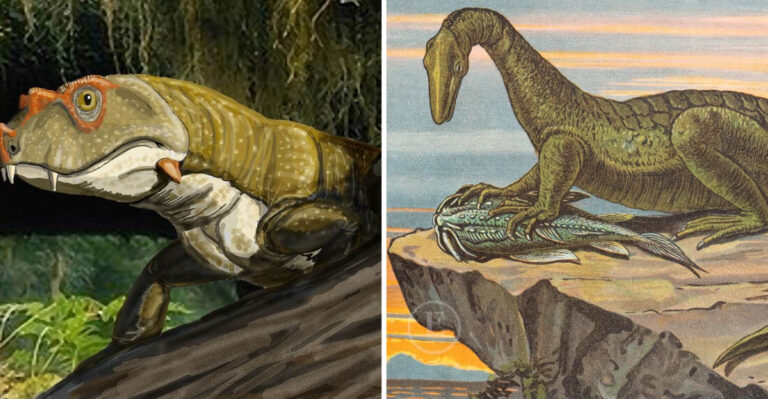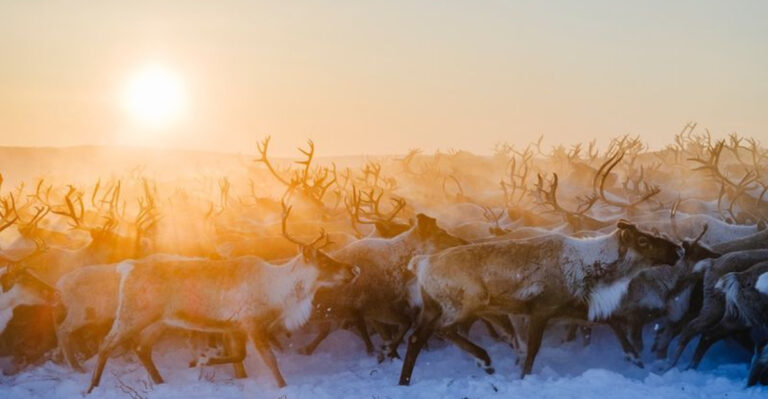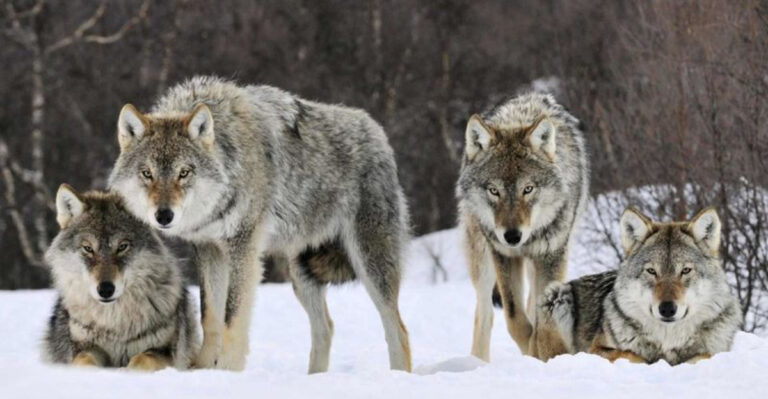8 Amazing U.S. Spots To Spot Wild Horses (And 4 That Lost Them Forever)

Imagine standing just yards away from magnificent wild horses galloping freely across stunning American landscapes.
These majestic creatures, symbols of the untamed American spirit, still roam in several breathtaking locations across the United States. While some areas continue to protect these beautiful animals, others have sadly seen their wild horse populations disappear completely.
1. Assateague Island’s Beach-Loving Beauties
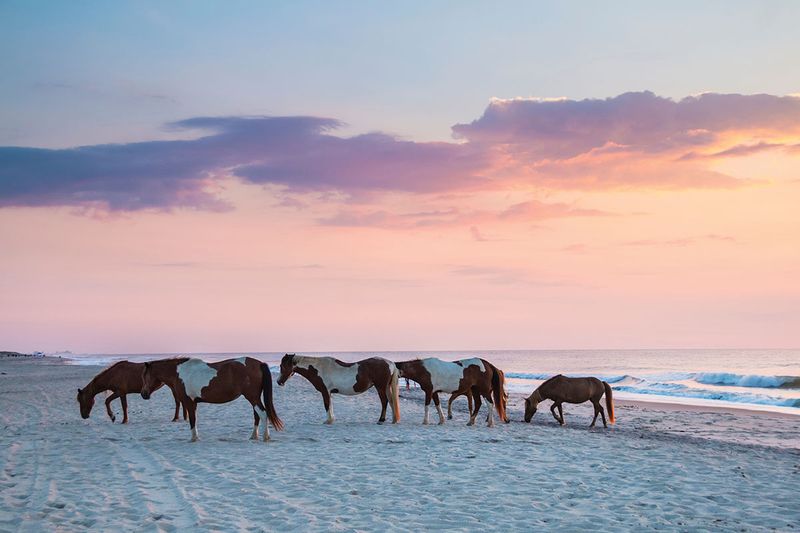
Legendary ponies trot along pristine Atlantic beaches on this stunning Maryland and Virginia island. Local folklore claims they descended from survivors of a Spanish shipwreck centuries ago.
Visitors can watch these salt-marsh-loving horses wade through shallow waters or graze among coastal dunes. Remember to maintain a safe distance of at least 40 feet—these are wild animals, not petting zoo attractions!
2. Mustang Majesty At Nevada’s Virginia Range

Just east of Reno, approximately 3,000 wild horses roam freely across 300,000 acres of rugged desert terrain. These resilient mustangs have adapted perfectly to Nevada’s harsh climate.
Dawn and dusk offer prime viewing opportunities when horses gather at watering holes. The nearby town of Virginia City provides guided tours for those wanting guaranteed sightings of these magnificent creatures against spectacular mountain backdrops.
3. Wyoming’s Pryor Mountain Mustangs
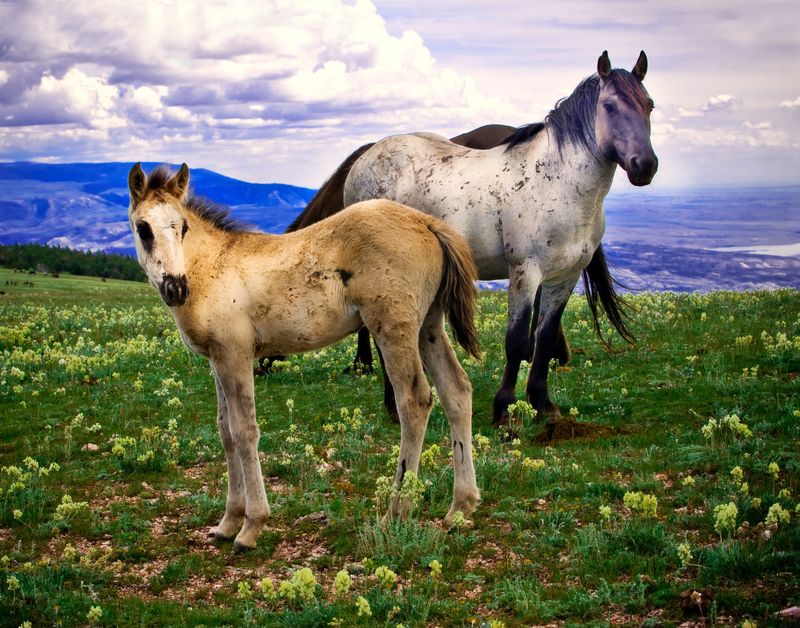
Home to horses with direct Spanish colonial ancestry, this mountain range showcases America’s living history. Genetic testing confirms these particular mustangs maintain bloodlines dating back to the earliest European horses brought to North America.
Summer months provide excellent viewing opportunities from designated overlooks along the mountain roads. The distinctive dun coloring and primitive markings make these horses particularly photogenic against the dramatic rocky landscape.
4. North Carolina’s Outer Banks Equine Treasure
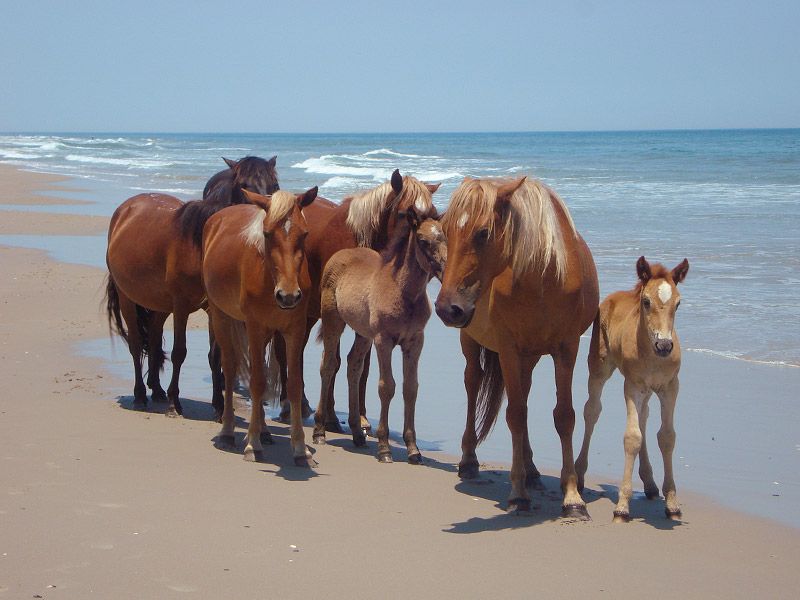
Colonial Spanish mustangs have survived on these barrier islands for over 500 years! Their isolation created a genetically unique herd unlike any other in America.
The Corolla wild horses roam freely between the ocean and sound, often spotted crossing dunes or wading in shallow waters. Four-wheel-drive vehicles are necessary to access their territory, though guided tours provide easier viewing options for visitors without appropriate transportation.
5. Theodore Roosevelt National Park’s Prairie Dancers
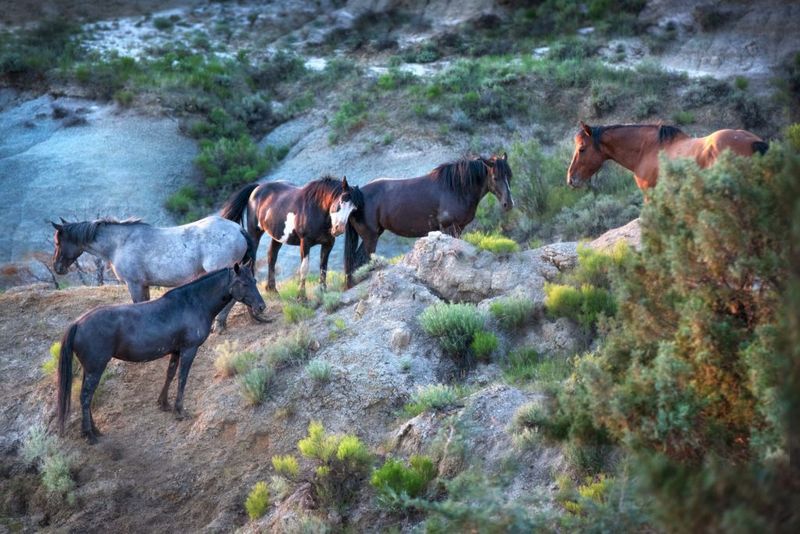
North Dakota’s badlands provide a dramatic backdrop for approximately 150 wild horses that captivate park visitors. Their presence connects modern visitors to the frontier history that President Roosevelt himself experienced here.
The park’s South Unit offers the best viewing opportunities, particularly along the scenic loop drive. Spring brings adorable foals, while fall’s cooler temperatures mean more active herds and vibrant changing colors in the surrounding landscape.
6. Arizona’s Salt River Wild Horses
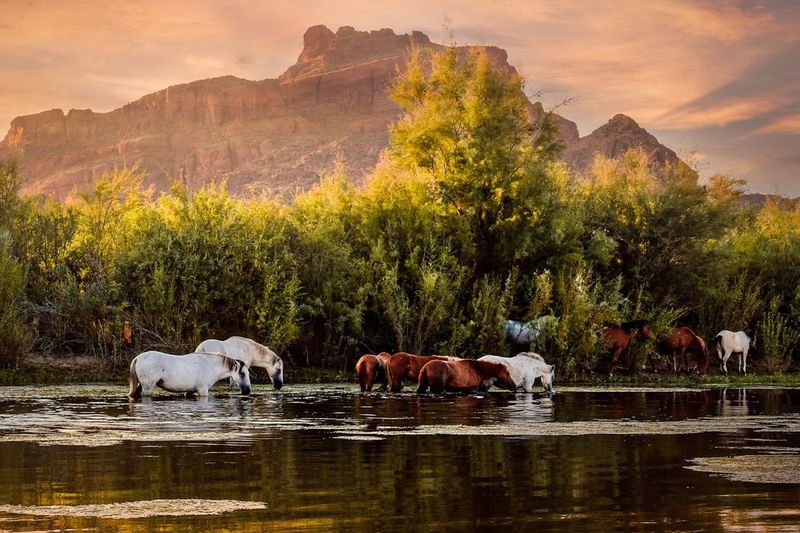
Flowing manes catch the desert light as these horses cool off in the Salt River near Mesa. Once facing removal, passionate community advocacy saved this beloved herd through special protective legislation in 2015.
The Tonto National Forest access points provide excellent viewing opportunities, especially early mornings when horses gather at the water’s edge. Their tendency to wade into the river creates magical photo opportunities as they splash and drink against Arizona’s saguaro-dotted landscape.
7. California’s Majestic Modoc Plateau Mustangs
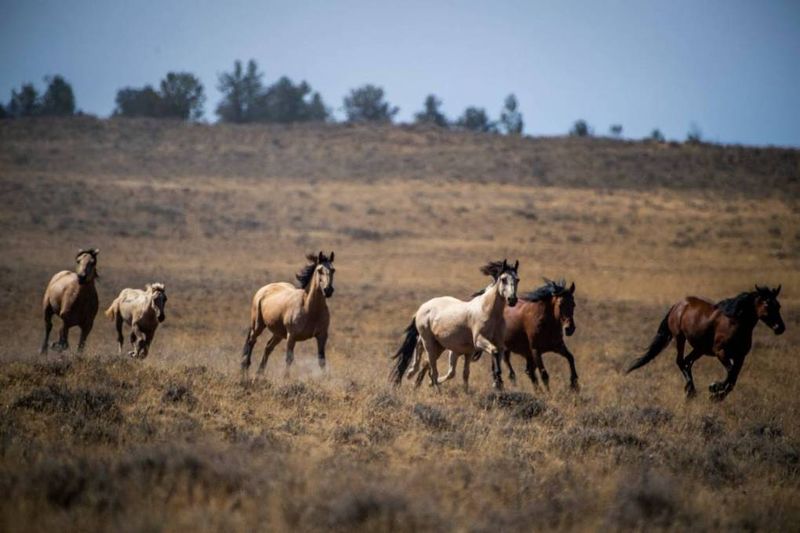
Northern California’s Devil’s Garden Wild Horse Territory houses one of the largest remaining wild horse herds in America. These hardy mustangs roam across 300,000 acres of high desert plateau dotted with juniper and sage.
Fall roundups offer guaranteed viewing opportunities, though lucky visitors might spot bands throughout the year. The contrast between dark horses and light-colored volcanic landscape creates stunning photographic possibilities, especially during golden hour lighting.
8. Oregon’s Steens Mountain Wilderness Wanderers

Remote high desert plateaus provide sanctuary for approximately 200 wild horses in southeastern Oregon’s Steens Mountain Wilderness. Crystal-clear mountain streams cut through this dramatic landscape where horses roam freely.
South Steens Campground offers an excellent base for wildlife viewing expeditions. Early summer brings wildflower displays that create colorful backdrops for photographing these magnificent animals as they graze across the rolling terrain.
9. Montana’s Vanished Pryor Mountain Herds
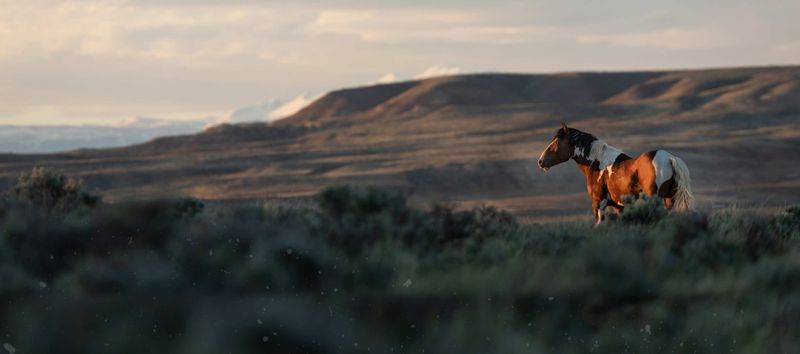
Once home to thousands of wild horses, large portions of Montana’s public lands now stand empty of these magnificent creatures. Aggressive roundups during the mid-20th century permanently removed horses from millions of acres.
Historical markers throughout central Montana tell the story of these lost herds. While some protected populations remain in designated areas like the Pryor Mountains, many traditional horse territories now feature only cattle and wildlife, a stark reminder of changing land management priorities.
10. Colorado’s Memory Of Sandwash Basin Mustangs

Northwest Colorado once boasted thousands of wild horses across its stunning landscapes. Today, only a fraction remain following controversial mass removals in recent years.
The Bureau of Land Management reduced herd numbers dramatically in 2021, citing drought conditions and range degradation. Visitors to Sandwash Basin might still spot small bands of remaining horses, but the once-abundant population that defined this region has largely disappeared, sparking ongoing debates about wild horse management.
11. Texas’ Lost South Plains Mustangs

Thousands of wild horses once thundered across Texas’ expansive plains. Early Spanish explorers described seemingly endless herds stretching to the horizon.
By the early 1900s, these magnificent animals had completely disappeared from the Texas landscape. Settlement, hunting, and capture for domestication eliminated what was once one of America’s largest wild horse populations. Today, only historical markers and museum exhibits preserve the memory of Texas’ wild horse heritage.
12. Idaho’s Ghost Herds Of Owyhee County
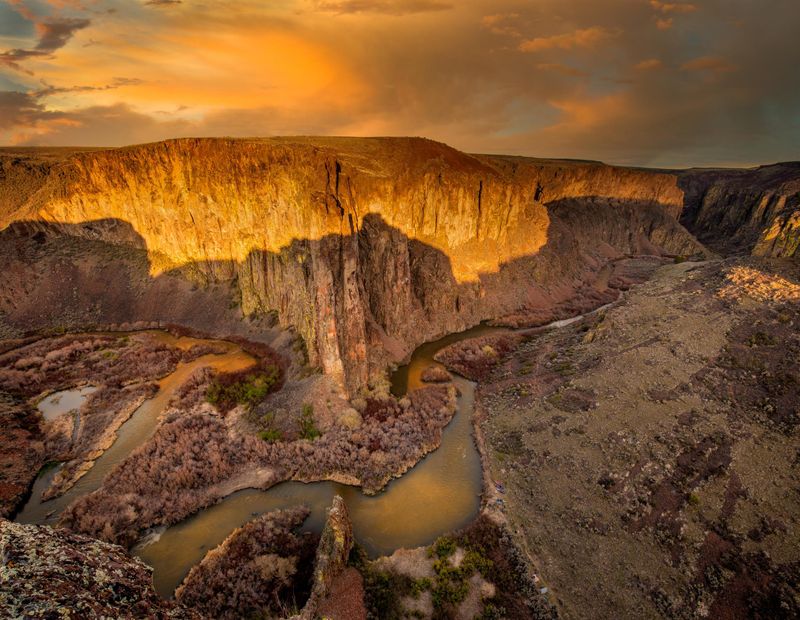
Remote canyonlands in southwestern Idaho once sheltered thousands of wild horses. Aggressive removal campaigns in the 1950s and 60s eliminated most populations from these rugged landscapes.
Today, only small managed herds remain in specific Herd Management Areas. The vast majority of Idaho’s historical horse territory stands empty of the wild equines that once defined it. Conservation groups continue advocating for expanded protections for remaining horses in neighboring states.

